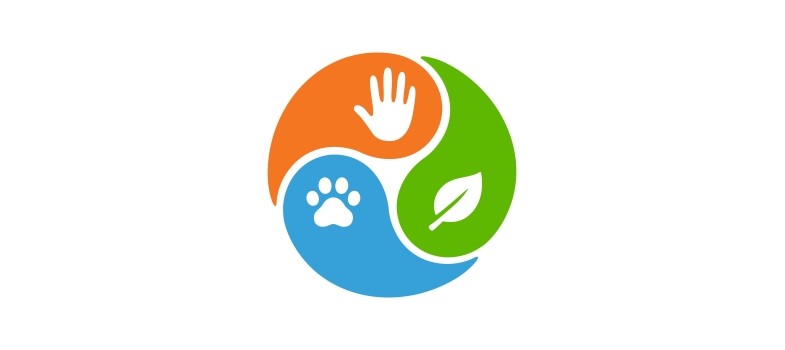5.1 Global-scale measures
WOAH guidelines
The
- Not to be used as preventive treatment applied in feed or water in the absence of clinical signs of illness in the animal(s) to be treated.
- Not to be used as first line treatment unless justified. When used as a second line treatment, it should ideally be based on the results of bacteriological tests.
- Extra label/off-label use should be limited and reserved for instances where no alternatives are available. Such use should be in agreement with the national legislation in force.
- Their use as growth promoters should be prohibited urgently.
WHO guidelines
The
The WHO also classifies antibiotics for human use into three stewardship groups: Access, Watch and Reserve (AWaRe), as described below. There is also a fourth group (‘Not Recommended’). The majority of 3GCs, including ceftriaxone, are in the Watch group, which includes most of the highest priority critically important antimicrobials for human medicine. The WHO recommends that ‘antibiotics in the “Watch” group should be prioritized as key targets of stewardship programs and antimicrobial use monitoring’. The AWaRe database [Tip: hold Ctrl and click a link to open it in a new tab. (Hide tip)] can be accessed from the WHO website (WHO, 2023).
The WHO’s AWaRe classification

Access antibiotics:
have activity against a wide range of commonly encountered susceptible pathogens while also showing lower resistance potential than antibiotics in the other groups. Selected Access group antibiotics are recommended as essential first or second choice empiric treatment options for infectious syndromes reviewed by the WHO Essential Medicines List (EML) Expert Committee and are listed as individual medicines on the Model Lists of Essential Medicines to improve access and promote appropriate use.
Watch antibiotics:
have higher resistance potential and include most of the highest priority agents among the MIA list and/or antibiotics that are at relatively high risk of selection of bacterial resistance. These medicines should be prioritized as key targets of stewardship programs and monitoring. Selected Watch group antibiotics are recommended as essential first or second choice empiric treatment options for a limited number of specific infectious syndromes and are listed as individual medicines on the WHO Model Lists of Essential Medicines.
Reserve antibiotics:
include antibiotics and antibiotic classes that should be reserved for treatment of confirmed or suspected infections due to multi-drug-resistant organisms. Reserve group antibiotics should be treated as ‘last resort’ options.
Selected Reserve group antibiotics are listed as individual medicines on the WHO Model Lists of Essential Medicines when they have a favourable risk-benefit profile and proven activity against ‘Critical Priority’ or ‘High Priority’ pathogens on the WHO Priority Pathogens List (WHO, 2024b), notably carbapenem-resistant Enterobacteriaceae. These antibiotics should be accessible, but their use should be tailored to highly specific patients and settings, when all alternatives have failed or are not suitable.
These medicines could be protected and prioritized as key targets of national and international stewardship programs involving monitoring and utilization reporting, to preserve their effectiveness.
5 A One Health approach to controlling AMR




